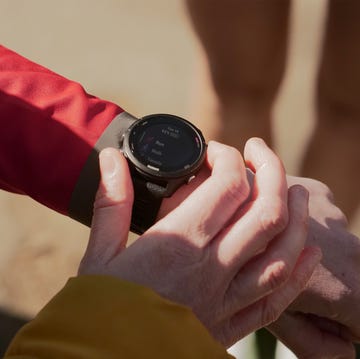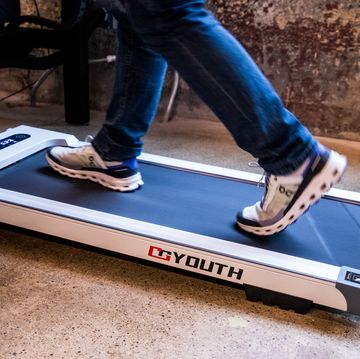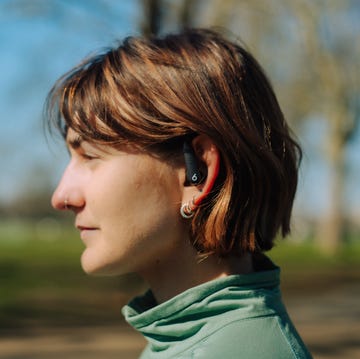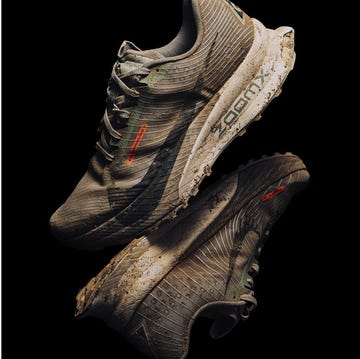We earn a commission for products purchased through some links in this article.
The best hiking socks for miles of adventure
A good pair of cushioned and sweat-wicking walking socks can make all the difference on your next trek

It’s easy to overlook what’s going on under your hiking boots, but a great pair of hiking socks can make a surprisingly big difference. They might not be the most exciting bit of kit, but get them right and they’ll keep your feet comfortable, supported and blister-free, mile after mile.
Unlike the best running socks (or even trail running socks, for that matter), hiking or trekking socks are designed specifically for walking — and there’s more than just length to consider. Hiking socks come in a variety of thicknesses, fabric types and styles (hello compression socks), which can make it tricky to know which pair to buy. Luckily, we’ve put a bunch to the test over multiday treks, day hikes and even dog walks to bring you our ultimate rundown.
The best hiking socks to shop now
More picks from the RW team: The best hiking boots | The best hiking backpacks | Essential hiking gear
How to choose
Fabric
According to Lily Fearne, in-store expert at Cotswold Outdoor, walking socks tend to fall into one of two categories: wool or synthetic fibres.
‘Wool is a natural fibre that’s great for wicking away moisture and regulating the temperature of the foot,’ she says. ‘Synthetic fibres combine moisture wicking with a sock that doesn't budge!’
Fearne’s personal favourite hiking socks are the Smartwool Women's Hike Targeted Cushion Crew socks. ‘I love the temperature regulating properties that Merino wool naturally holds and appreciate a lightweight sock with a medium level of cushioning to support me on longer walks,’ she says. ‘They stop my feet getting too hot and stay in place even on a whole day of walking.’
Regardless of material, your socks should also help you by wicking away any moisture from the foot, thus preventing any blisters from forming.
Cushioning and thickness
A good walking sock will have varied levels of cushioning around the sole, ankle and toes – all designed to protect your feet against the miles, says Fearne. While hiking socks are typically thicker than running socks, brands offer a variety of thicknesses depending on the conditions in which you’re hiking.
Thinner hiking socks allow for greater breathability and are ideal for warmer conditions, while thicker socks will offer more cushioning and insulation in colder climates. Generally, thinner socks will be labelled as ‘Ultralight’ and ‘Light’, while thicker socks will be called ‘Midweight’ or 'Medium’ and ‘Heavyweight’. We’ve indicated this in our reviews below.
Sock height
Most hiking socks will be ‘crew’ length, since they extend above the calf, finishing a few inches above the top of your hiking boots. This offers some lower-leg protection from bushes, branches and rocks.
That said, quarter-height hiking socks may be preferable in the summer months, especially if you’re wearing mid-height hiking boots or lower walking shoes.
‘Choose a sock that finishes just above your walking shoe or boot to ensure it has space to do it's job properly,’ advises Fearne.
Fit
Finally, while you don’t want a sock to be super tight, having some good elastic built in will ensure your socks stay put while you walk, with no need to stop and adjust them. Like regular socks or running socks, hiking socks come in a variety of sizes, usually within narrow bands according to your shoe size. Where applicable, we’ve indicated if you should size up or size down in our reviews below.

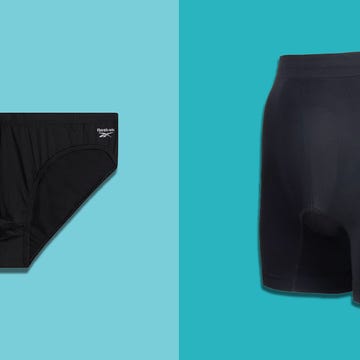
The best men’s running underwear
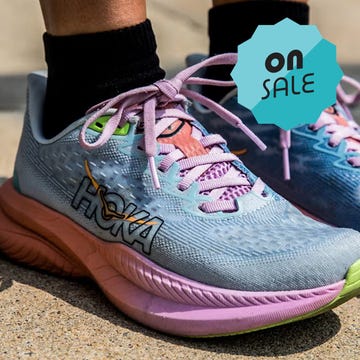
Best September running shoe deals 2025
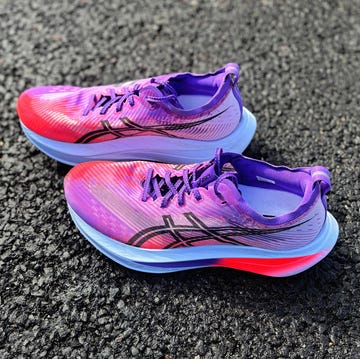
Is the Asics Megablast the best Blast yet?

25+ running-themed gifts that will sprint to your door













